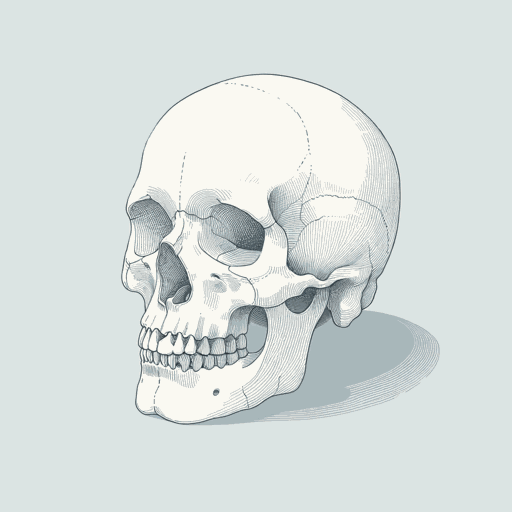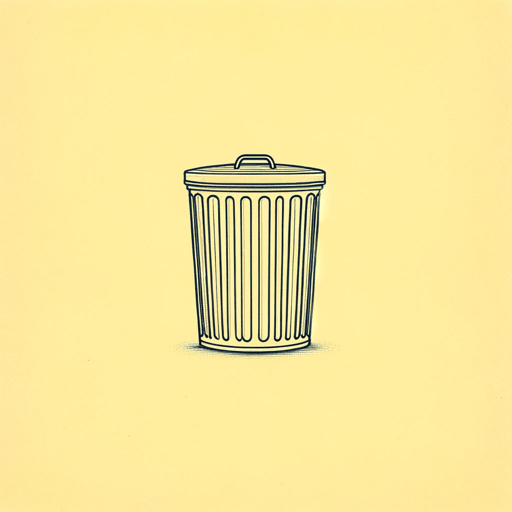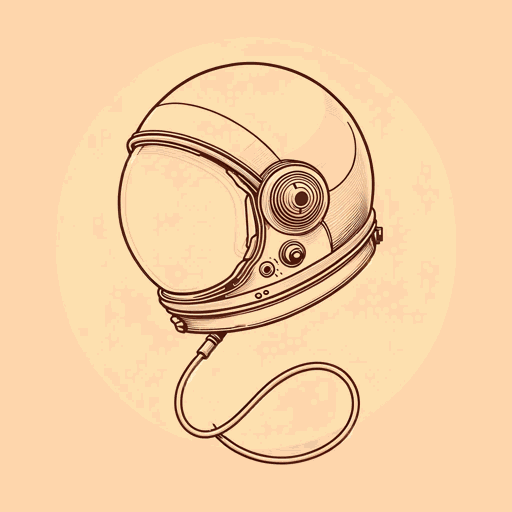69 pages • 2 hours read
Mary RoachStiff: The Curious Lives of Human Cadavers
Nonfiction | Book | Adult | Published in 2003A modern alternative to SparkNotes and CliffsNotes, SuperSummary offers high-quality Study Guides with detailed chapter summaries and analysis of major themes, characters, and more. For select classroom titles, we also provide Teaching Guides with discussion and quiz questions to prompt student engagement.
Chapters 10-12Chapter Summaries & Analyses
Chapter 10 Summary: “Eat Me”
Cannibalism is the overarching topic of Chapter Ten. Roach finds references to cannibalism in the ancient text Chinese Materia Medica, a 1597 “compendium of medicinal plants and animals compiled by the great naturalist Li Shih-chen” (222). Included in the Chinese Materia Medica is a recipe for “mellified man,” which was an 12th-century Arabian confection made from cadavers. To make mellified man, men ages seventy to eighty volunteered their cadavers to be fermented in honey. This confection was largely believed to have medicinal and healing purposes (221). Roach also notes that mummified humans have long been thought to have healing powers, especially when ingested, which led to a fake mummy trade in ancient Alexandria.
Human byproducts, from toenails to blood, have been used by doctors throughout history, Roach explains. Of course, this medicine was not entirely authentic or helpful, and sometimes the patient was “better off ignoring the doctor’s prescription” to use human remains for their curative powers (224). Roach goes on to detail the medical use of human feces, “in liquid, ash, and soup forms—for everything from epidemic fevers to children’s sores” (225). Human blood and human fat were also long held to have healing powers, and executioners and body snatchers would harvest these items to sell.
Related Titles
By Mary Roach



